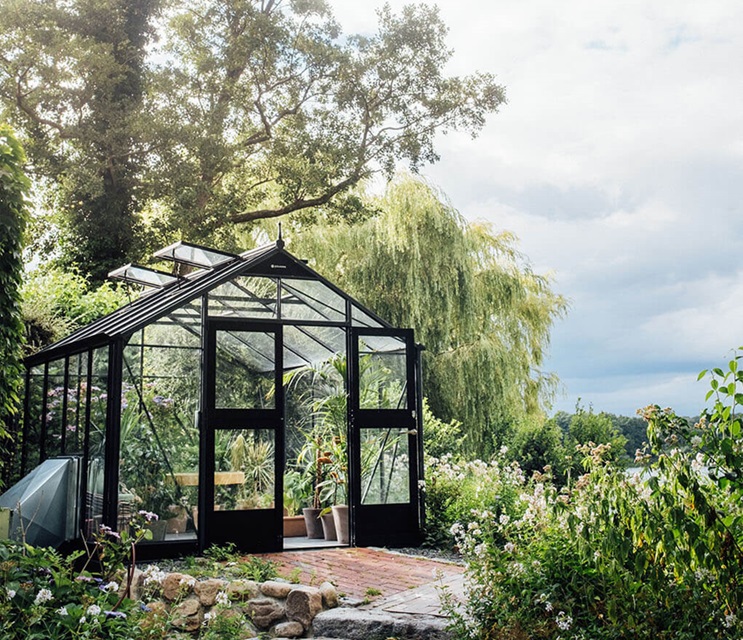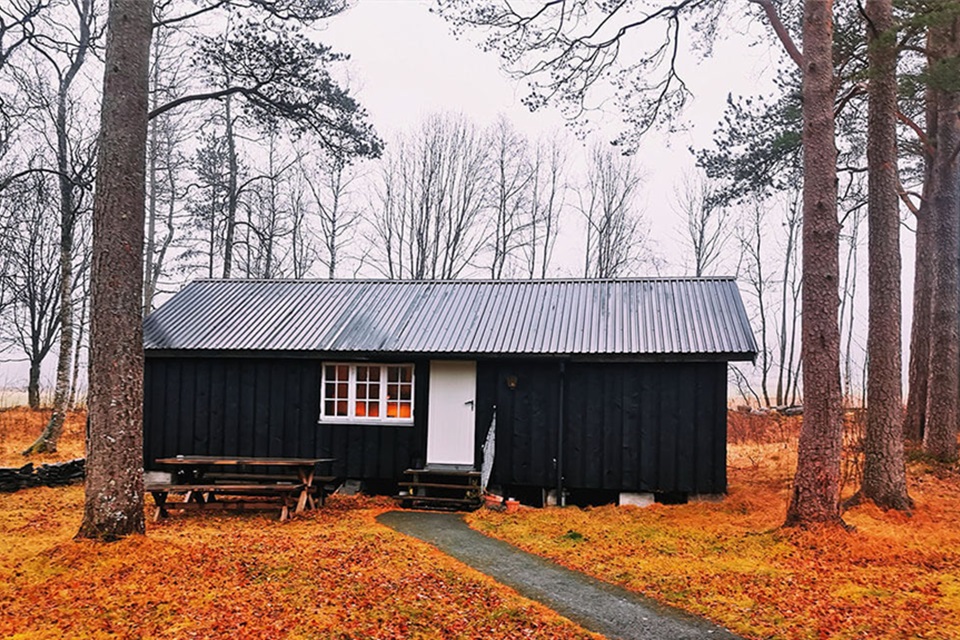Shed, a term originally used to describe a simple, single-story structure used for storage or as a workshop, is an English word meaning “a small building or structure used for storage, shelter, or work, has evolved over time to encompass a wide range of architectural styles and functions. Its history can be traced back to ancient times when people used simple materials such as branches, bark, and grass to construct shelters for protection from the sun, rain, and wind.
Over time, people began using more sturdy materials such as wood, metal, and plastic to construct sheds for various purposes such as storage, accommodation, and work. From humble beginnings as a utilitarian structure, sheds have become a popular feature in gardens and outdoor spaces, serving as everything from a cozy retreat to a functional office or studio. The history of sheds is a fascinating one, tracing the evolution of these structures from their earliest origins to their current status as a beloved and versatile element of modern design.
In modern times, sheds have become a common type of building used for various purposes such as storage, work, entertainment, and accommodation. They can be simple wooden structures or complex reinforced concrete buildings with different shapes, sizes, and functions.
In rural areas, sheds are commonly used for storing farm tools, crops, and livestock, as well as for working and repairing equipment. In urban areas, sheds are commonly used for storing tools, bicycles, and other items, or as studios, garages, and entertainment spaces.
In the past, sheds were typically made of wood and other natural materials, but now more modern materials such as steel, glass, and concrete can be used. In addition, with technological advancements, sheds can also be equipped with various equipment and systems such as electricity, water sources, heating, and ventilation systems, making them more comfortable and practical.
In summary, the history of sheds can be traced back to ancient times and has evolved and developed into a multifunctional building type that is widely used in different fields and occasions. This evolution is mainly due to changes in people’s needs and usage patterns for space, as well as advances in technology and materials.
Table of Contents
The Evolution Of Shed Can Be Divided Into The Following Stages
Storage Shed Stage
The earliest sheds were simple structures used to store tools and materials, usually made of wood or metal, with no decoration or function.
Workshop Stage
With the increasing interest in DIY and handicrafts, sheds began to be used as workshops for making and repairing items. These sheds usually added some basic facilities, such as electricity and lighting.
Living Space Stage
With the pursuit of simple living and small living spaces, sheds began to be used as living spaces. These sheds usually added more facilities, such as kitchens, bathrooms, and bedrooms, to meet basic living needs.
Multi-Functional Space Stage
Modern sheds have evolved into multi-functional spaces that can be used for work, living, entertainment, and socializing. These sheds usually add more facilities and decorations, such as heating, air conditioning, sound systems, and furniture, to provide a more comfortable and convenient user experience.

In conclusion, the humble shed has come a long way from its origins as a simple storage space. Over the years, it has evolved into a versatile and multi-functional space that can be used for a variety of purposes, from a home office to a workshop, a gym, or even a guest room. Shed design has also evolved to reflect changing tastes and needs, with modern sheds featuring sleek lines, eco-friendly materials, and high-tech features.
Despite its evolution, the shed remains an important part of our cultural heritage, representing a space where we can retreat from the hustle and bustle of daily life and connect with nature and our inner selves. Whether you use your shed for work, play, or relaxation, it is sure to bring you joy and satisfaction for years to come.
So, whether you are a DIY enthusiast, a gardener, or simply someone who loves spending time outdoors, consider investing in a shed. With its versatility, durability, and timeless appeal, it is sure to be a valuable addition to your home and your life.
Patiowell’s sheds are built to last, using high-quality materials and expert craftsmanship to ensure durability and longevity. With a variety of styles, sizes, and features to choose from, you can create a shed that not only meets your functional needs but also complements your home’s aesthetic.



